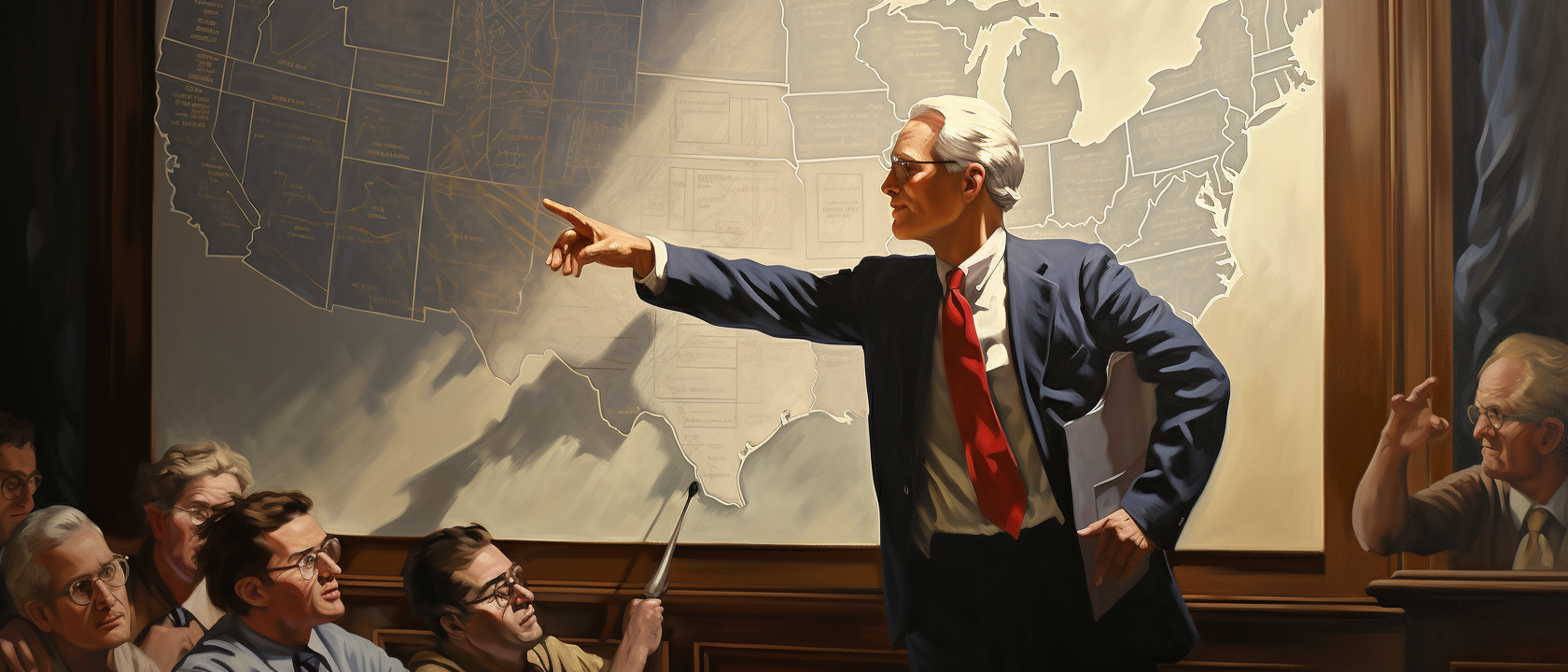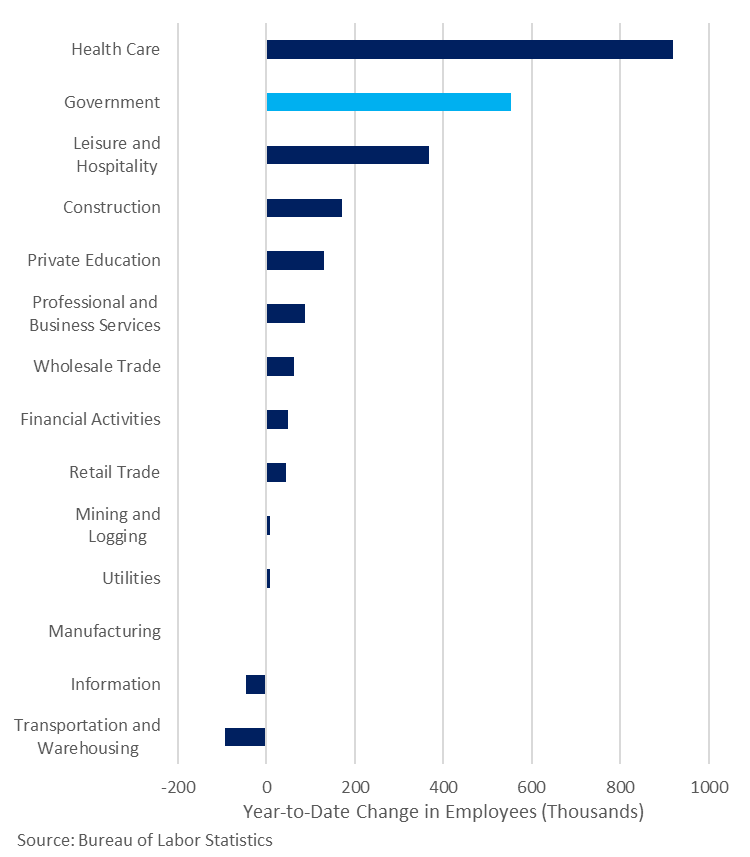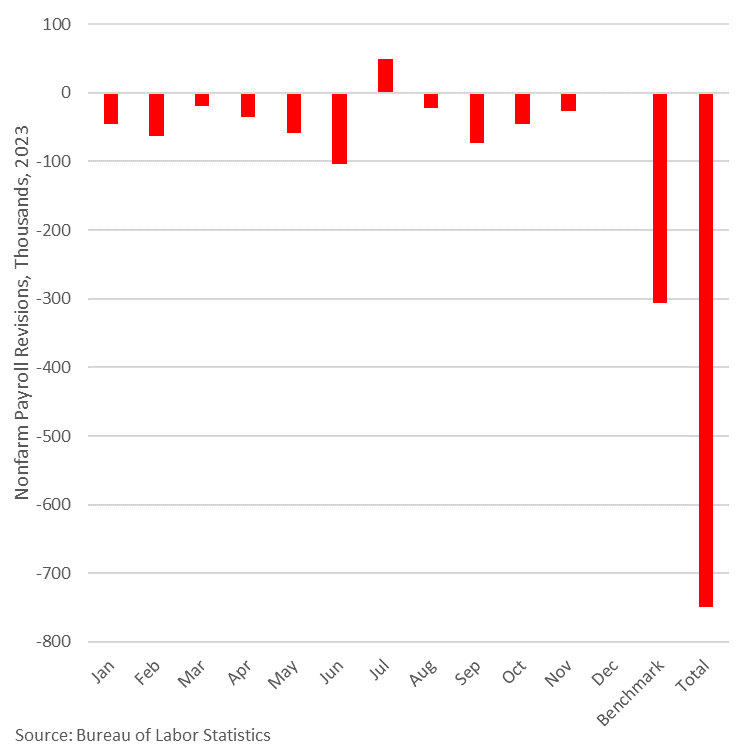

Despite the addition of 216,000 jobs in December, surpassing forecasts and maintaining an unchanged unemployment rate at 3.7%, deeper analysis suggests economic frailties and statistical discrepancies.
In an unexpected twist to the seemingly positive employment narrative, the latest job report from the Labor Department reveals a starkly different reality beneath its surface. Despite the addition of 216,000 jobs in December, surpassing forecasts and maintaining an unchanged unemployment rate at 3.7%, deeper analysis suggests economic frailties and statistical discrepancies.
EJ Antoni's meticulous examination of the data uncovers a troubling swap in the job market: a startling loss of 1.5 million full-time positions, replaced largely by part-time and gig-economy roles, exemplified by the nearly 9 million gigs such as DoorDash that are counted as jobs. This shift signals a potential erosion of job quality and stability.
Dec jobs report 🧵: there's SO much bad news under the hood of this report, including the economy shedding 1.5 million full-time jobs in a single month, big downward revisions, and a true unemployment rate between 6.4% and 7.5% - here's the truth you should know... pic.twitter.com/z1BU4irJea
— E.J. Antoni, Ph.D. (@RealEJAntoni) January 5, 2024
Further, the Department of Labor's quiet revisions paint a grimmer picture, with a cumulative reduction of 430,000 jobs from the 2023 reports, equating to an overestimate of 40,000 jobs per month. This correction raises questions about the accuracy of government statistics and the methods employed, such as the controversial birth-death model, which some critics argue is used to manipulate numbers to fit a desired narrative.
Moreover, this report indicates an increase in government employment, now accounting for 23 million positions, which are a financial burden on the productive sector. The imbalance highlighted suggests that every government job is sustained by the taxes of three private-sector jobs, a ratio that may raise concerns about government spending efficiency.

An underlying issue fueling the low official unemployment rate is the exodus of approximately 700,000 Americans from the labor force in December, with millions more having withdrawn since the onset of COVID-19. Many of these individuals are no longer seeking work or have become reliant on government assistance, and thus, are not reflected in unemployment statistics. If these missing workers were accounted for, unemployment figures could realistically double, potentially reaching a rate closer to 7%.

As the public grapples with these revelations, the credibility of the job market's health comes into question. It remains to be seen how this knowledge will influence public opinion and voter behavior in the face of economic uncertainty.